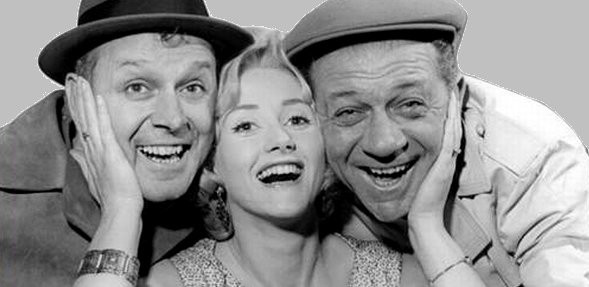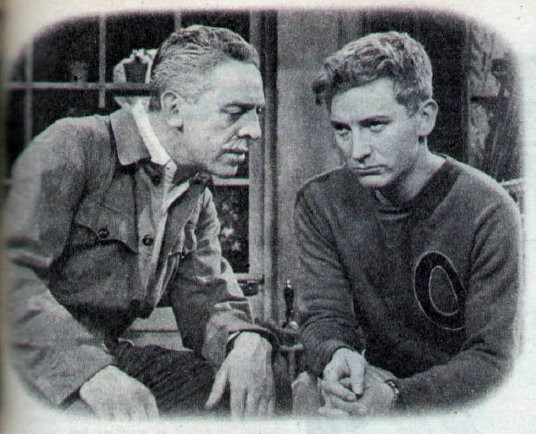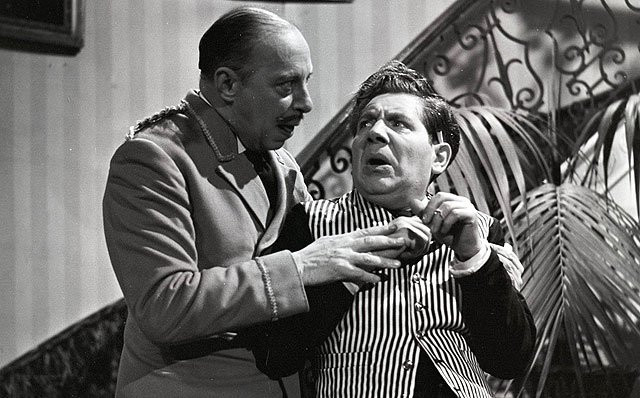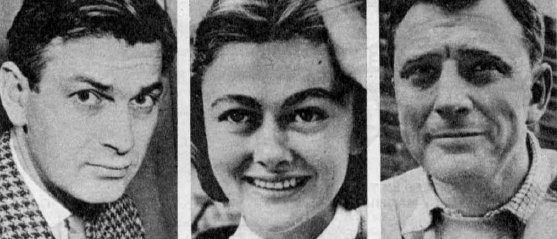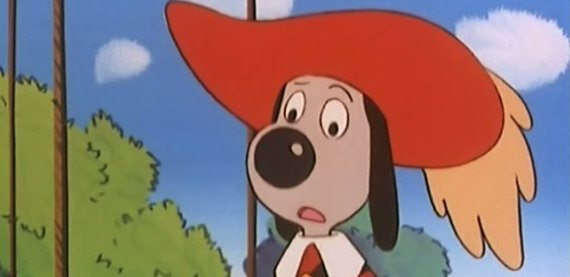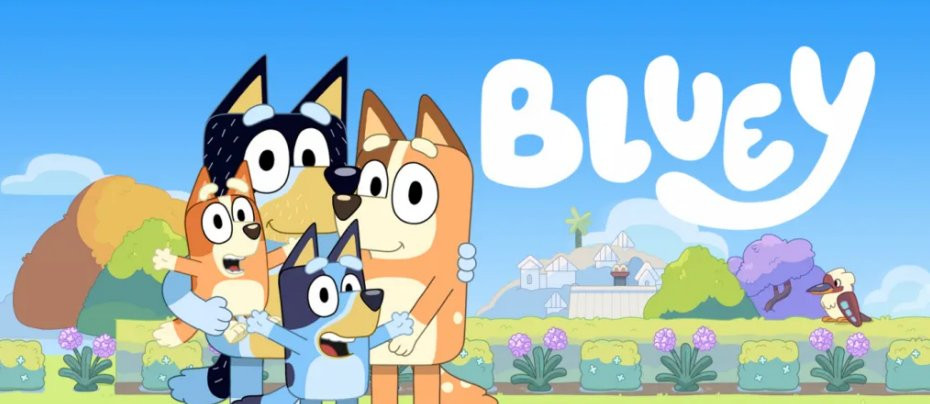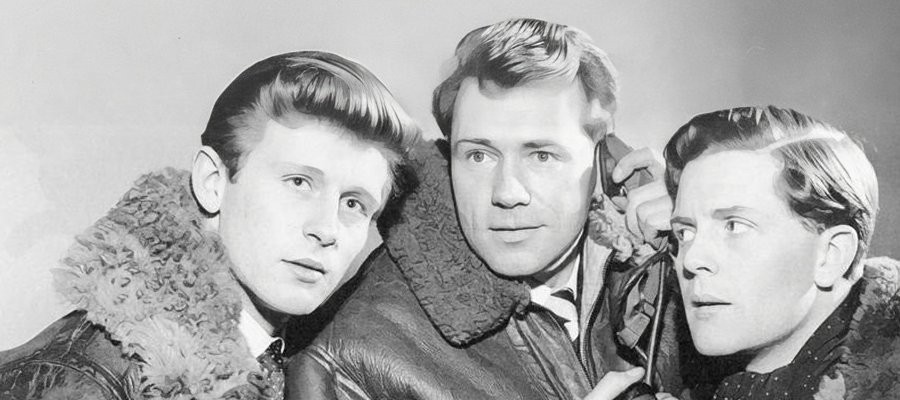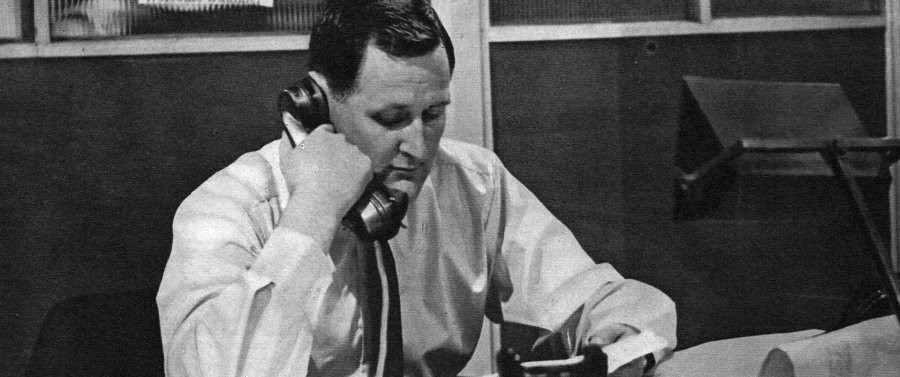
The Deputy Dawg Show
1960 - United StatesMississippi’s Laziest Lawman Charms a Generation
The Deputy Dawg Show, which first aired in October 1960, is a prime example of classic American animation with a Southern twang. Brought to life by Terrytoons and broadcast initially on just a few American stations, it wasn’t long before this down-home cartoon gained traction nationwide—and eventually found its way across the Atlantic, delighting British audiences from 1963 onward.
At the heart of the show is Deputy Dawg himself—without doubt, Mississippi’s laziest lawman. More fond of fishing than fighting crime, Dawg would happily nap through most of his duties if not for the constant mischief caused by a band of critter delinquents: Musky the Muskrat, Ty Coon, Pig Newton, and Vince van Gopher. These four were forever up to no good, invading chicken coops, raiding melon patches, and dragging the drowsy deputy into their chaotic capers.
Though slow-moving and clueless, Deputy Dawg would snap to attention (as much as he could) with a drawled “just a cotton pickin’ moment!” whenever the varmints were unlawfully at large. The only human character in the otherwise animal-filled series was Dawg’s long-suffering boss, the sheriff—white-moustachioed, red-faced, and ever on the verge of apoplexy thanks to his underling’s incompetence.
Voices for the main cast were supplied by the versatile Dayton Allen, whose exaggerated Southern accents lent the show much of its charm. His work helped carve a distinctive identity for the series during an era when many animated shows were still finding their comedic rhythm. Additionally, the show holds a place in animation history for introducing the talents of Ralph Bakshi, who would later make waves with more adult-oriented fare like Fritz the Cat.
Despite its homespun simplicity and repetitive formula, Deputy Dawg had undeniable appeal. For children of the early ’60s, the show’s slow-paced slapstick and gentle rebellion resonated in a uniquely American way. For British audiences tuning in during the post-war cultural boom, it was a curious window into Southern Americana—complete with fishing holes, possums, and a cast of critters straight out of a Dixie daydream.
While some of its portrayals haven’t aged especially well—particularly the reliance on regional stereotypes—The Deputy Dawg Show remains a nostalgic snapshot of its time. Dagnabit, it might not have been high art, but it certainly made its mark.
Seen this show? How do you rate it?
Seen this show? How do you rate it?
Published on December 7th, 2018. Written by Laurence Marcus for Television Heaven.



